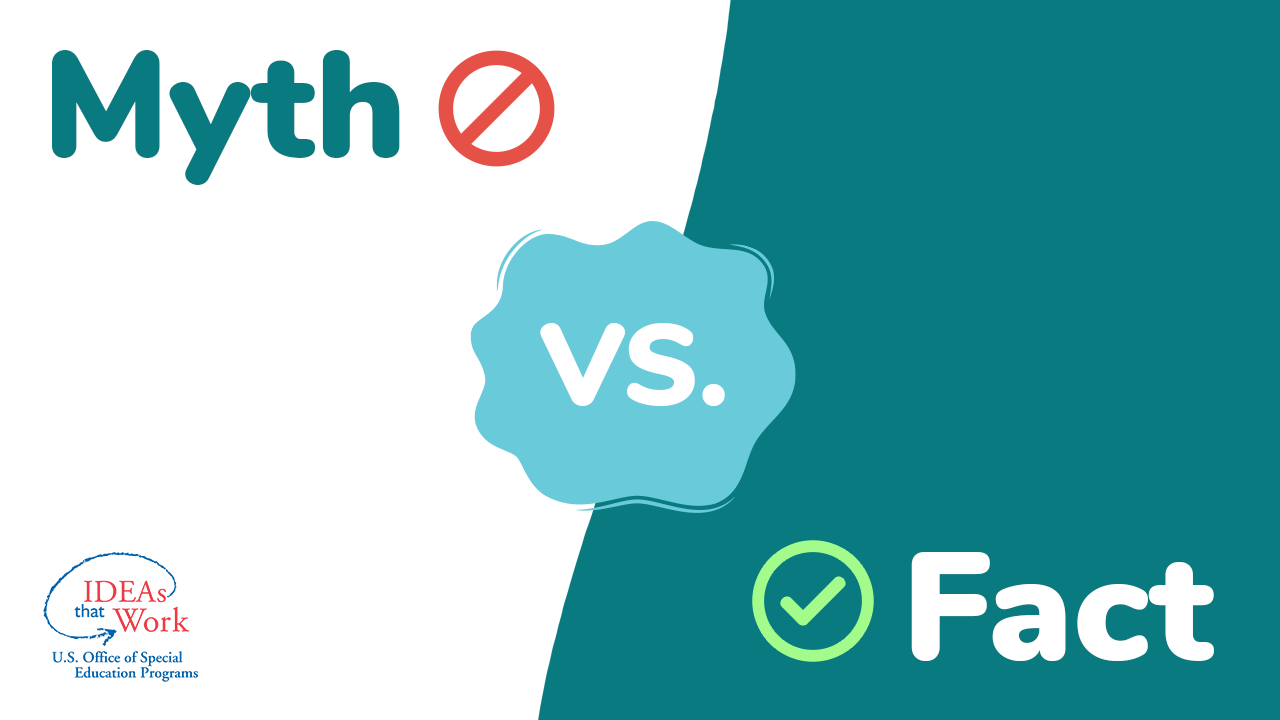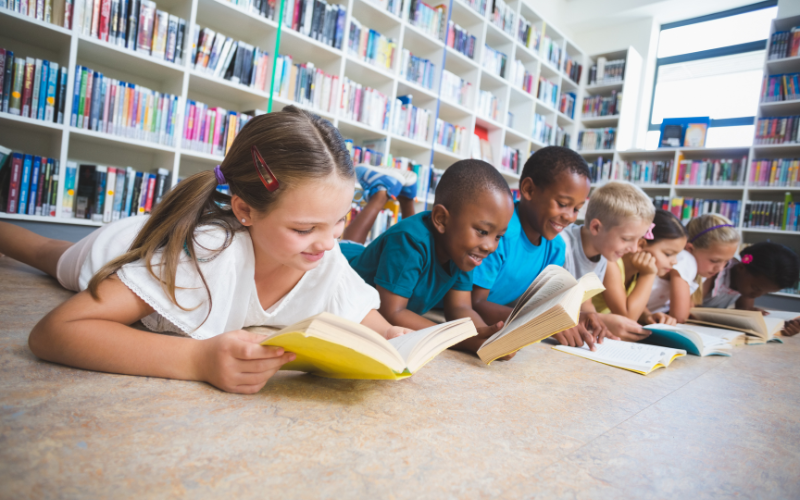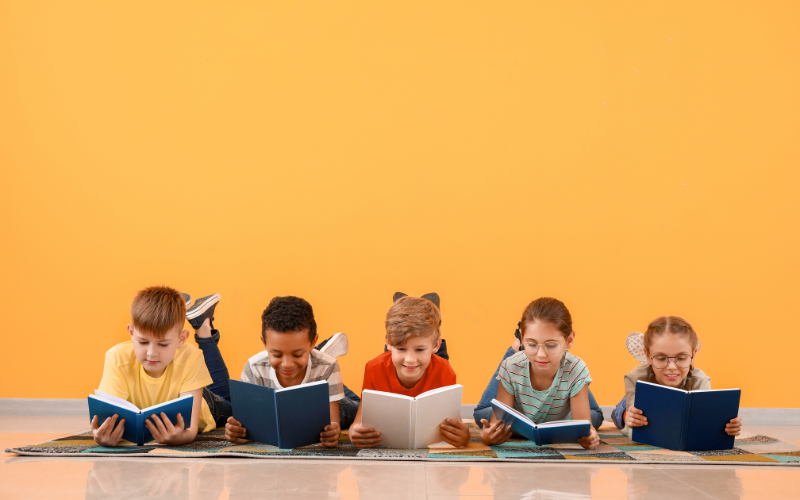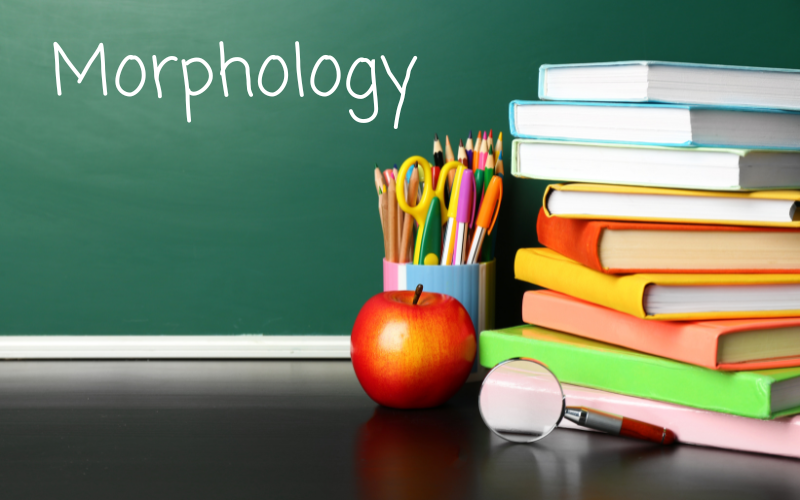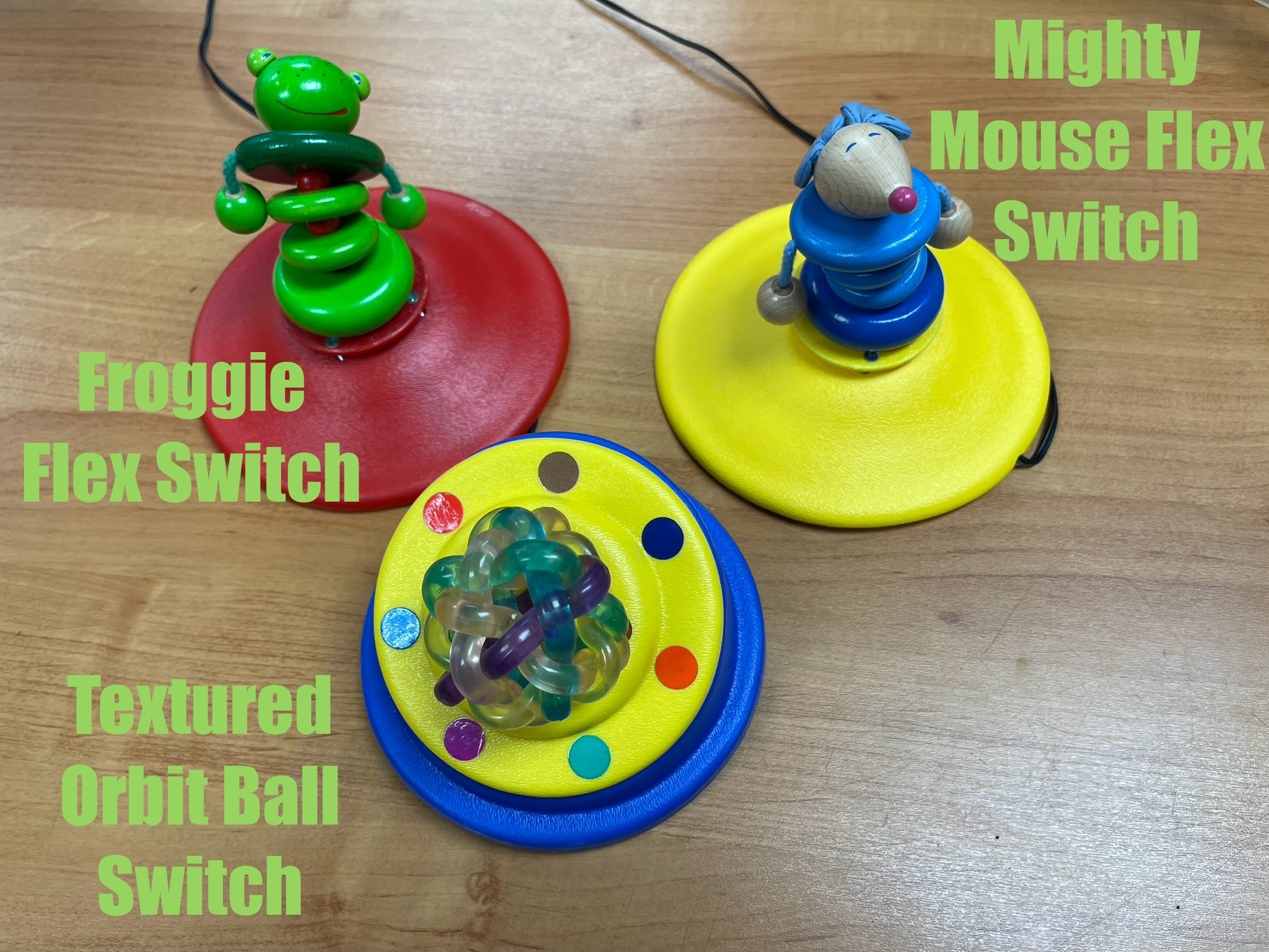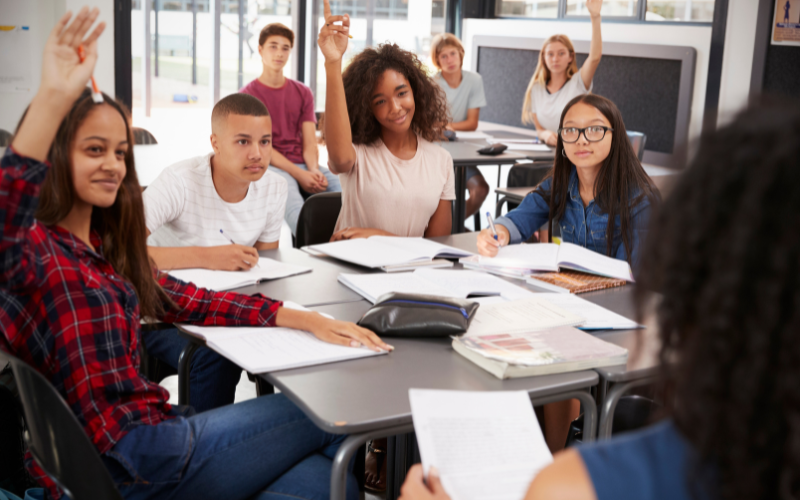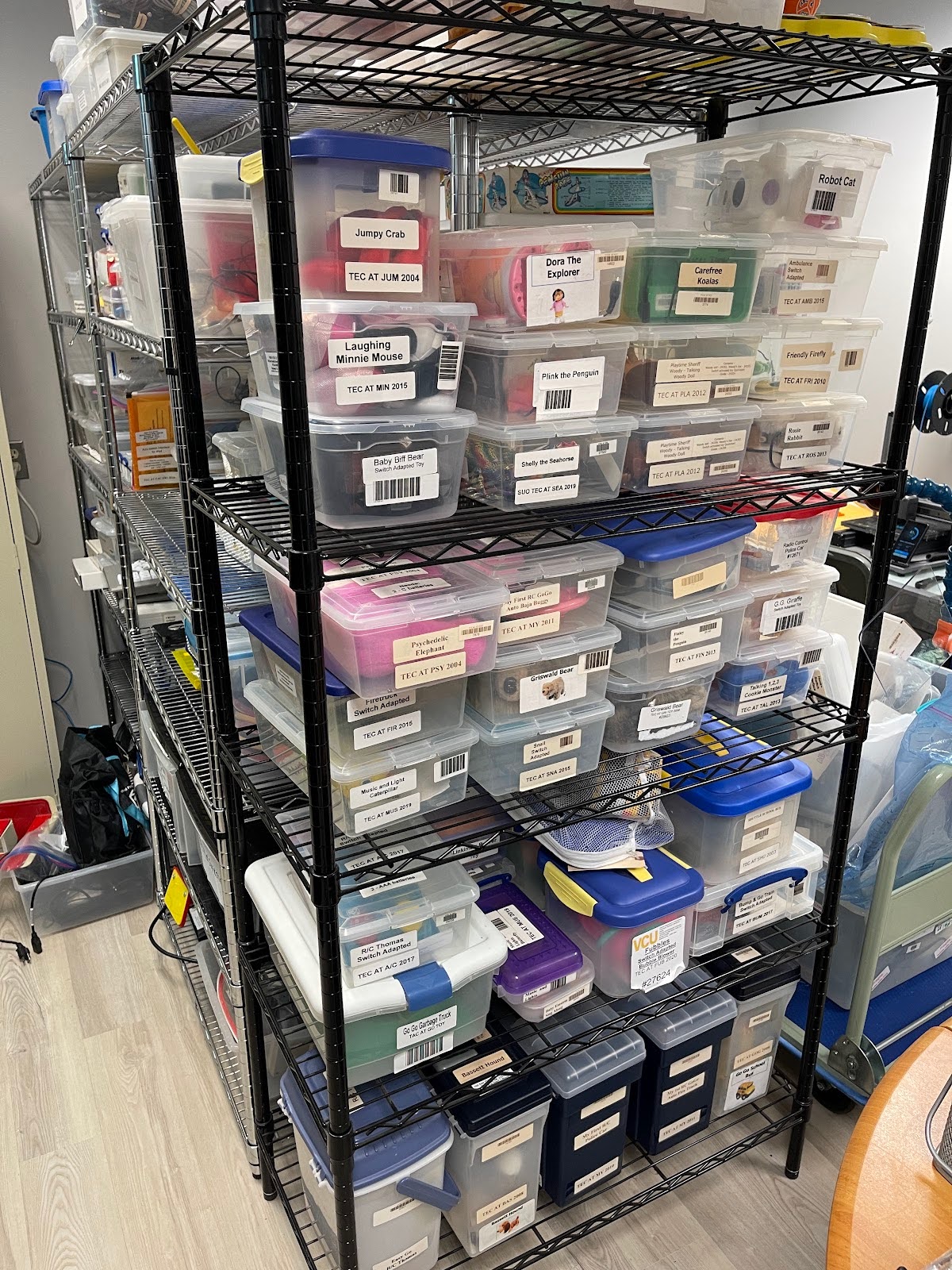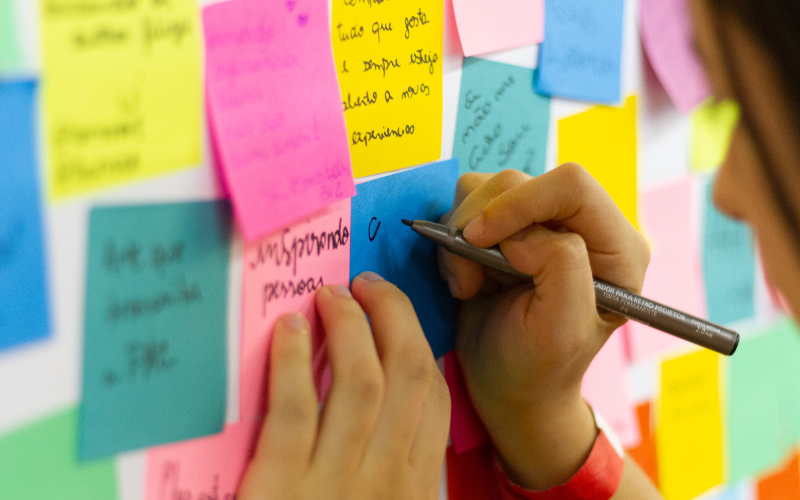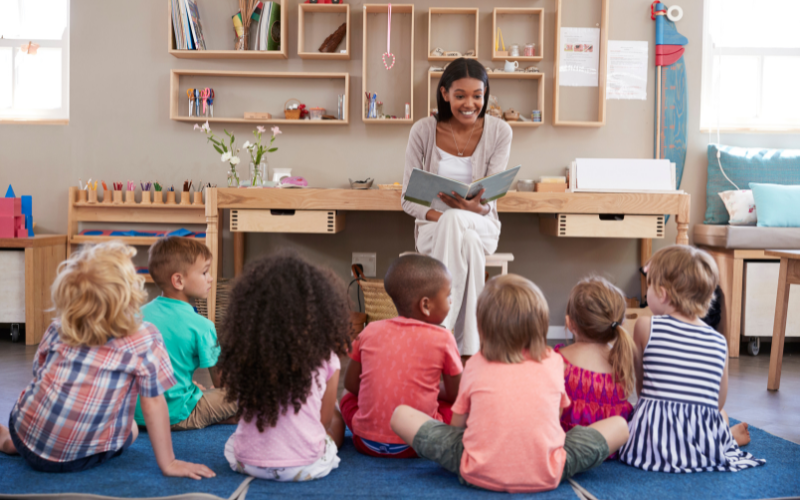Myths and facts about assistive technology: New guidance
Assistive technology (AT) offers a multitude of benefits across all age groups by fostering independence, supporting inclusion, facilitating friendships, and leading to improved overall quality of life. For young children, it facilitates opportunities for play, learning, friendships, and development by providing tailored educational tools, enhancing communication skills through augmentative and alternative communication, and enabling access […]
Learning to read: The right practice is important
Anyone who has successfully mastered a sport, a musical instrument, a culinary art, or public speaking understands the stages, time, and effort it took to get there. Even individuals with a propensity for sports, music, cooking, or speaking will admit that it took immense practice to achieve their goals. In the same way, learning to […]
Motivating students to read:
What can teachers do to turn reading from a chore into an adventure? We live in a world of distractions for young and older students. Their lives are busy with endless schedules of activities, sports, technologies, family dynamics, etc. For some young people, it’s difficult to motivate them to enter the school doors consistently. Students […]
The merits of morphology instruction
Morphology may sound like a scary proposition to include in literacy instruction, especially for elementary students; but it doesn’t have to be that way! In fact, students of all ages respond well to morphology instruction when included in their vocabulary development lessons. Schwartz (2023) defines morphology instruction as identifying and defining affixes (i.e., prefixes and […]
Switch it up! Check out these awesome switches in the AT lab
Pedal switches, Makey Makey, and Bluetooth OH MY! The Assistive Technology lab has a variety of switches available for school and early intervention teams to check out. Pair them with any switch-activated device, and your students will be ecstatically able to interact with their environment. Are you looking for something that will give a sensory […]
Why aren’t students using the strategy I taught them?
We all know to teach strategies using explicit instruction or gradual release of responsibility (“I do, we do, you do together, you do alone”), which provides scaffolds and builds learner fluency while incrementally increasing student responsibility for the learning (Dawson & Guare, 2012, 2018; Fisher & Frey, 2011, 2021; Fisher, Frey, & Lapp, 2012; Fisher, […]
The Assistive Technology Lab is open for business
We’re back! The Assistive Technology (AT) lab is now open in our new location on Staples Mill Road in Richmond; parking is free. As always, we have many devices that can be checked out to school teams in Regions 1 and 8. The device categories include Augmentative and Alternative Communication, play, leisure activities, computer access, […]
Scaffolding for impactful instruction
Explicit Instruction features a continuum of supports, or scaffolds, where students are guided through the learning process while the responsibility for learning is gradually released from the teacher to the students. Although the concept of scaffolding hearkens back to 1976, (Puntambekar, 2022), Douglas Fisher and Nancy Frey (2023) continue to find the concept of scaffolding […]
The importance of shared reading
Once upon a time, back in 1985, a document titled, “Becoming a Nation of Readers: The Report of the Commission on Reading” was published. The purpose of this document was to review and analyze the wealth of research about reading and the established process of teaching reading. From this report, the authors indicated that “the […]
Acronyms, acronyms, everywhere!
The Virginia General Assembly in 2022 passed the Virginia Literacy Act (VLA) and expanded it in 2023 to include grades K-8. The VLA focuses on improving literacy outcomes for all students and requires the Virginia Department of Education (VDOE) to recommend instructional programs, including core, supplemental, and intervention materials related to literacy. There are many […]
